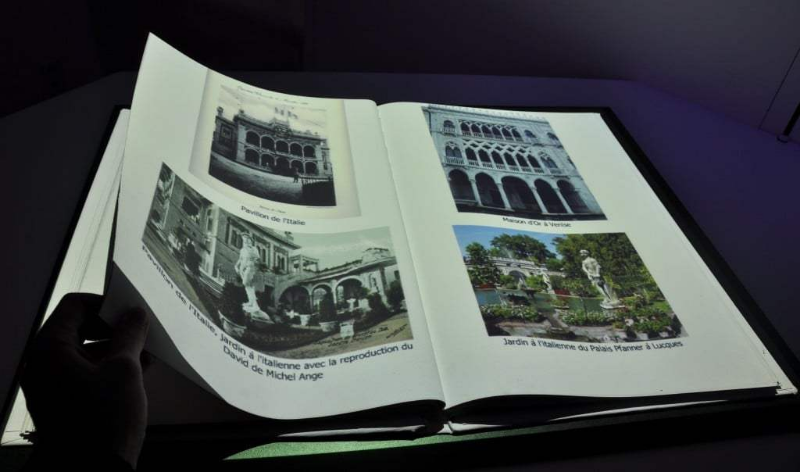
LISA - Image Analysis (LISA-IA)
Faculty of Applied Sciences | Discipline: Information technology, intelligent systems
Faculty of Applied Sciences | Societal impact: Inclusive society
Faculty of Applied Sciences | Societal impact: Health
(Code: ULB804)
Skills of the unit :
► Image processing and analysis
Training, consultancy and feasibility study in the field of image processing and analysis | |
► Histological slide digitalization and virtual slide analysis
Access (via DIAPath, CMMI) to an Hamamatsu Nanozoomer scanner.
Analysis and registration of whole slide images, morphological and immunohistochemical staining analysis. | |
► Biomedical data analysis
Biostatistics, multivariate data analysis, pattern recognition, clustering, machine learning | |
► Rack with servers and NAS
A rack 28U provides a big storage space (for backups, services, etc.), with computing power and hosting (web, other specific services, etc.) ; it is used for research projects and also in order to share (bio-)medical images internally, and is managed by a system engineer.
This rack contains :
* 1 NAS Synology RS3614xs with 12 8TB hard drives (in RAID6) offering more than 50Tb effective storage space.
* 3 servers HP DL160G6 as proxmox virtualization cluster (KVM, CT)
* 1 UPS
* 1 Switch 48ports 1Gbit/s with network protections
| |
► 18x workstations with powerfull GPU
Eighteen computers with Geforce GTX 1080Ti 11Gb, 32Gb Ram, SSD 500Gb and CPU Intel i7-7800X CPU are used for students exercices, projects and master thesis where deep learning and/or 3D are used. | ×![]() |
► 15x motion capture/tracking cameras : Optitrack Flex V100 R2
It allows to track reflectors in 3D with one millimeter precision. They are used in motion capture for animation. For example, they were used in a project in order to track the knee movements. Their frame rate is 100fps and their resolution is 640x480. | |
► 2x 3D Printers based on Prusa I3
Two 3D printers based on Prusa I3 technology are used in order to print plastic objects with a maximal size of 270x210x190m and 0.1 to 0.4mm layers thickness by using a 0.4mm nozzle compatible with 1.75mm ABS or PLA filaments. | ×![]() |
► Digital lectern
The Digital lectern is a multimedia device developed by the LISA for exhibitions showing interactive contents (video, images, etc.) on a white book. The visitor can browse the content, simply by turning the pages in the order he wants. The experience only takes a few minutes. | ×![]() |
► LisaCAD software
LisaCAD is a software that has been developed to present data as an enriched 2D representation using 3D scans (point clouds). This is similar to orthophotos complemented by the possibility to navigate in the depth and to vary the rendering mode (color, intensity, orientation etc.), to highlight elements (surfaces, edges, etc.) hardly visible in simple color mode of rendering. Its functionalities allowed the realization of very precise elevations and to generate projection images in high definition.
| ×![]() |
► The software "VPDoP - Vanishing Points Determination of Paintings"
The software "VPDoP - Vanishing Points Determination of Paintings", which was developed in python as part of a study on paintings done by a phD student in art history, allows to obtain, semi-automaticaly, vanishing points/areas of paintings in order to determine their perspective fidelity. | ×![]() |







